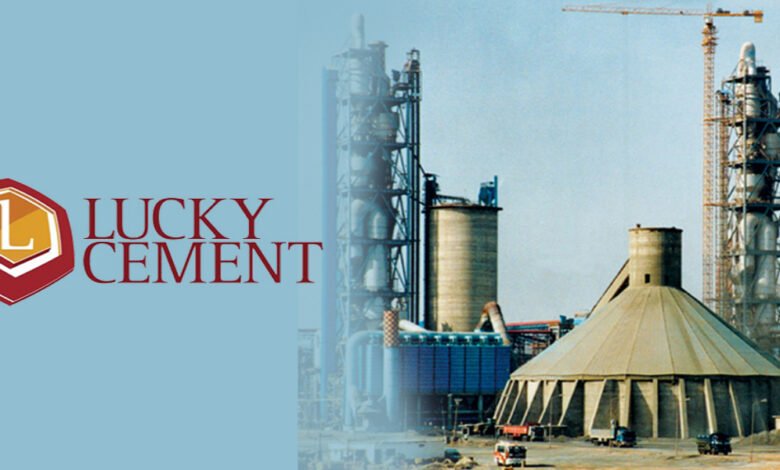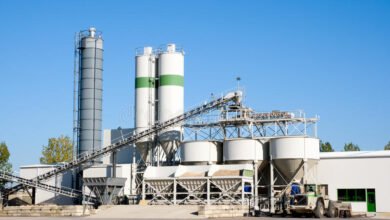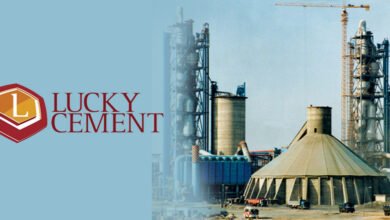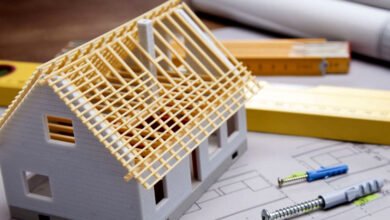Field Analysts Visit to Lucky Cement Plant
The itinerary included a visit to the company’s plant site, including a detailed tour of its cement manufacturing, packaging and power production areas

The management of Lucky Cement Limited (LUCK) arranged a full-day plant visit at its Karachi plant for the analyst community today. The itinerary included a visit to the company’s plant site, including a detailed tour of its cement manufacturing, packaging, and power production areas. To recall, LUCK has a 4.9mn tons plant in the South. We list key takeaways below.
According to a report prepared by Arif Habib Ltd,’
1. The management at LUCK explained in detail the cement manufacturing process.
Step one: Blasting and extraction of limestone.
Step two: Crushing of limestone to a unified smaller size.
Step three: Transfer to raw mill for the addition of other RM.
Step four: Transfer to Kiln for heating of all raw material at once – mix and composition is decided here.
Step five: Clinker from the kiln is sent to be cooled in coolers.
Step six: Clinker is stored in silos (round tall towers) as it has a longer life.
Step seven: Once cement order is received, gypsum is added to the clinker in a grinding mill and the final product (cement) is manufactured.
Read also
Export reach USD 100 million per day in February 2022
SBP and Banks hold Mela in Faisalabad to promote financing for affordable housing
2. LUCK has a limestone crusher capacity of 2,000 tons per day in Karachi. This was a first in Pakistan.
3. The company has limestone availability for over 120 years (that can be seen). Actual quantity should be much higher in reality, the management believes.
4. Composition of limestone can vary and LUCK has all types.
5. 1.5x limestone is used as input so for a 10mn tons plant, you need ~15mn tons per annum. Major raw material (more than 70%) is limestone and lucky has plenty.
6. Mining land is nearly 10,000 acres in Karachi and the company pays duty for it. As per the agreement, if the company finds precious metals during exploration, they belong to the government.
7. Limestone is extracted through blasting at the Karachi plant (the plant gets large blocks). At a time LUCK uses 15 sites for limestone extraction here.
8. The company can also find clay stocks during the extraction phase.
9. Pezu plant does not have a blasting process as it’s at the tip of a mountain so blocks of limestone are thrown down directly via vertical mining.
10. Approximately 22-25 tons of limestone is crushed every day at Karachi, for size reduction. By the time these reach the pyro, they become a fine particles.
11. Crushing is done 24/7 and 365 days a year but plant capacity is given for 300 days due to planned shutdowns.
12. Next, an automated conveyor belt of 2 km’s at the Karachi plant – one of the longest takes the cost of transportation (usage of the dumper, fuel, and time savings) to half as it automatically takes the crushed limestone to the plant.
13. The management also showed its coal stocks, which are kept vessel-wise (based on type). Some of the stock is kept uncovered and the management reassured that the heating value is not damaged due to weather conditions such as rain as the raw coal is further grind and dehydrated for the cement manufacturing process. This is done for an easy burning process.
14. Pakistani coal does not have an efficient calorific value so it is mostly not used by local cement players.
15. At present, the management highlighted that its coal average is around USD 160/ton, with inventory maintained for the next two months.
16. At the Pezu plant the company has largely shifted to Afghan coal, which costs around PKR 35,000 per ton at present (on a delivered to the plant basis). This is at a great discount as this translates to ~USD 196 per ton, which compares favorably to the current imported FOB for RB2 of USD 220/ton (April contract).
17. Meanwhile the cost of getting Afghan coal to the Karachi plant is north of PKR 42,000 per ton at present.
18. The management also stocks clay and other RM in other sheds and hoppers around the site.
19. Since the composition of cement varies, and needs to be controlled for cement manufacturing, under hoppers, there are feeders attached that control material flow.
20. These are then transported to the raw mill where all RM is mixed and size reduced.
21. After this process, all the material is transferred to a kiln, whose temperature is nearly 1,400 degrees Celsius.
22. Steam from these kilns then directly generates electricity through the Waste Heat Recovery (WHR) system to ensure self-sufficiency in power production.
23. The management informed that out of the 4 lines at the Karachi plant, 3 are operational currently. While one is shut for planned maintenance which can go on for another 15-20 days.
24. The company’s export line is working, the management informed, as there are orders in hand, however, limited. The current clinker export price is ~USD 36/ton.
25. The company has a huge fleet which it uses not only to get coal from the port to the plant site but also to transport cement to its dealers.
26. LUCK is also the first cement company in Pakistan to have its own operations office at the port.
27. With respect to power, a total of 120MW’s in total is produced, excluding WHR.
28. The company produces 29MW’s electricity that it has contractually committed to supplying to HESCO (20MW) and to DHA via KEL (5MW).
29. The company’s TDF plant and RDF (refused derived fuel) use agricultural waste (rice husk) and rubber to produce power.
30. Gas at the Karachi plant has been resumed since February end.
31. The company’s current retention price is over PKR 500/bag (PKR 10k per ton).



